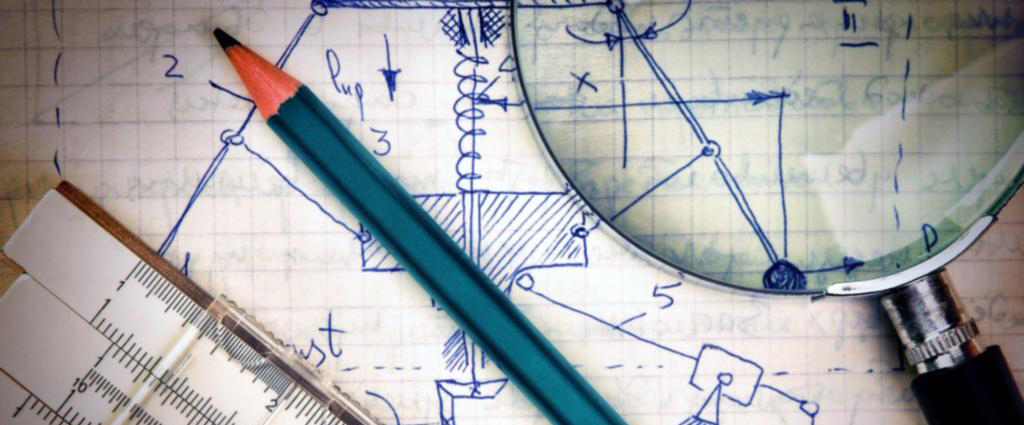Have you ever thought about how many inventions become products? To tell the truth, not many of them. So, if you decided to turn your idea into money and patent your invention, hold on for a minute, learn the basics of patents, copyrights and trademarks and conduct solid prior art research. It will help you to save money on patent application, prove the uniqueness and novelty of your idea and detect any evidence that the invention is already being patented and known to the general public.

Precise definition
Prior art allows to find any evidence, previously documented knowledge that can question the novelty of the invention. It may include earlier issued, pending or rejected patents, scientific publications, books, newspapers, trade shows, exhibitions, etc. This research aims to determine what has been already done in the field of your work and interest, proves whether all innovation or some part of it contain previously patented technology and meets the uniqueness standards.
The most important aspect to remember is that to get a patent you must prove that your idea is new and is not already invented by someone else. In cases if some part of the invention or the use of technology during the production is already known, you can get a protection only for an innovative part.
Conducting the research
It may take from a few minutes to several hours to find prior art. You should not ignore even the slightest evidence that may question your invention. Thanks to the tech progress and Internet, you can run search within the comfort of your office chair or favourite sofa, visiting the United States Patent and Trademark Office website and publicly available patent database.
Tip #1
To save time and efforts, try to think over, select and use the most relevant keywords. Such keywords provide the most accurate description of your invention and may be found in a summary statement of other patent applications or patents. It is also useful to apply the specific terms of the field you are working in.
Tip #2
Research the market. Try to find what is out there similar to your idea, what solves the same problem, can be found in the same or even different market sphere. Study different sources, like scientific journals, news and exhibition website, because this is where the novel products start out. Even if you find relevant products that are still under the development, they can already be considered as a prior art.
Tip #3
Search through patents. More often than not, the most successful ideas get a patent prior to entering the market. It is much easier for you to look through a number of patents than millions of search results on the Internet and discard those that have little or no relevance. If you find some innovations that are close to your idea, it is important to study these patents or patent applications in detail.

Your benefits
You can benefit from a good prior at research in many ways. First of all, it will help you to make a decision regarding the patent appliance and will assist when filling the corresponding application, as it will identify any identical or similar inventions to the one you want to patent.
Secondly, you will learn more about the field you are going to work it. You will study your competitors and will actually conduct a kind of a market research.
Thirdly, you will get an insight regarding new uses and new challenges for the innovation.
Finally, you will be able fully evaluate the commercial potential of your invention and gain a point when attracting the investors or partners for the development of your novel startup.
Prior art research may seem to be an insignificant and even time wasting affair at the first glace. But there is more than meets the eye. Do not miss your chance and use such valuable opportunity to the full advantage.

